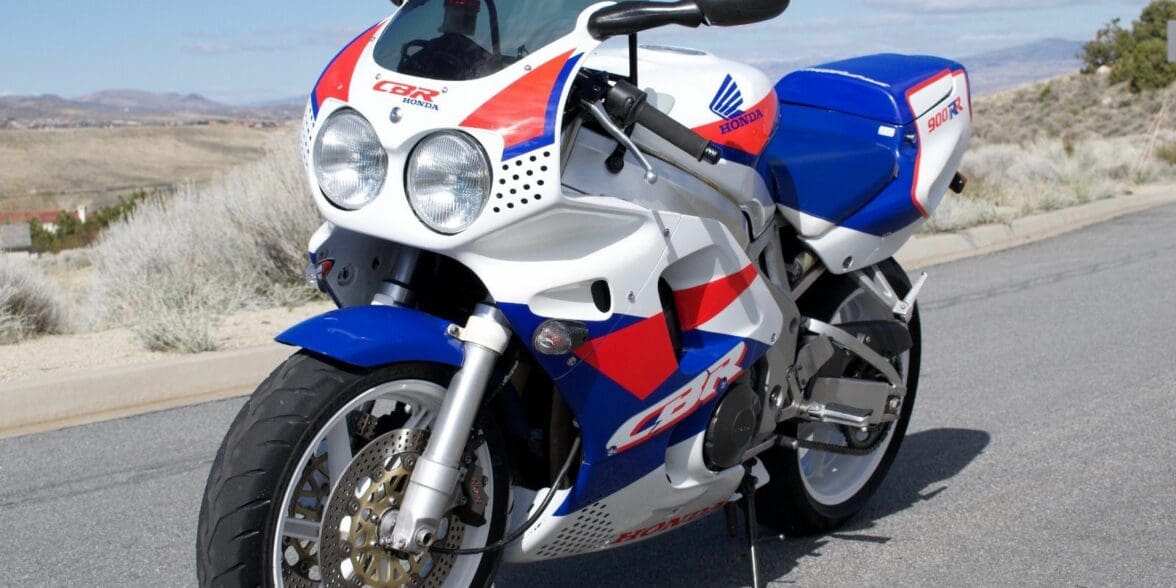There’s no doubt that the motorcycling landscape is changing. Over a relatively short period of time, we’ve seen a bigger focus on emissions regulations, the development of affordable electric models, and unexpected new trends. While we know that many governments across the globe have ambitious plans to phase out the production of new internal combustion engine-powered vehicles over the next decade, we’ve been left wondering what models will survive.
While there’s no way of telling how our favorite motorcycle will adapt or evolve, we can make educated guesses at what models won’t be around in the future. We’re not talking about new models, we’re talking about bikes that are already out on the roads. Models that are likely to become rarer sights as the years roll on until there aren’t any left to see!
Now, no one can predict the future but there are ways to spot trends. To give us a snapshot of what the future might bring, we’re taking a look at the state of the industry in the United Kingdom. When it comes to some things, Great Britain is often ahead of the curve. After all, it’s the country that successfully exported global phenomena such as the steam engine, The Beatles, and the god-awful Got Talent franchise. Then again, there are a lot of things in Britain that haven’t quite caught on elsewhere: a cup of tea as the first response to a crisis, beans on toast, and calling a crosswalk a zebra crossing.
Still, it’s interesting to look to the UK and see what’s going on there. To help predict what motorcycles may be destined to die by 2030, we’ve taken a look at data from the UK’s Department of Transport. Thanks to the good folks at the UK’s bikesure.co.uk—a specialist UK motorcycle insurance company—who looked at the changes in vehicle tax paid on motorcycle models per quarter, between Q1 of 2010 and Q1 of 2020, it’s possible to map out which motorcycles are on a downward spiral towards extinction.
So, without further ado, let’s look at 10 motorcycles that are destined to by 2030—in the UK—and wonder if it’s a preview of things to come over here in North America.
1995-2004 Suzuki GSF 600 Bandit
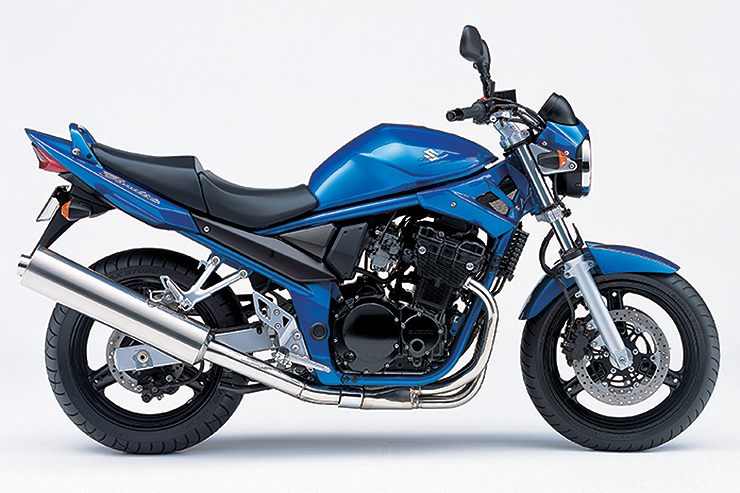
The Suzuki “Bandit” GSF 600 is a seriously successful motorcycle. When it first rolled onto the scene in the mid-90s it helped carve out an entirely new motorcycling category: the middleweight naked bike with an economical price tag. To develop this icon, Suzuki Motorcycles rehashed their outdated supersport engine and placed it in budget chassis, and marked it up with a very accessible MSRP.
Though it was far from technologically advanced, it was a smart and versatile package that was able to inspire a new generation of riders. It was so successful that it spawned a number of exciting variations, including a half-faired version and other evolutions.
The Bandit 600 was eventually replaced by a 650 version in 2005, but despite that, the 600 is still a regular sight on the roads. However, the number of registered models is beginning to thin. Q1 of 2020 saw only 6,406 registered GSF 600s on UK roads. According to bikesure.co.uk, the downward trend of Bandit ownership will see the last GSF 600 fade away by Q4 of 2029.
1992-1999 Honda CBR900RR
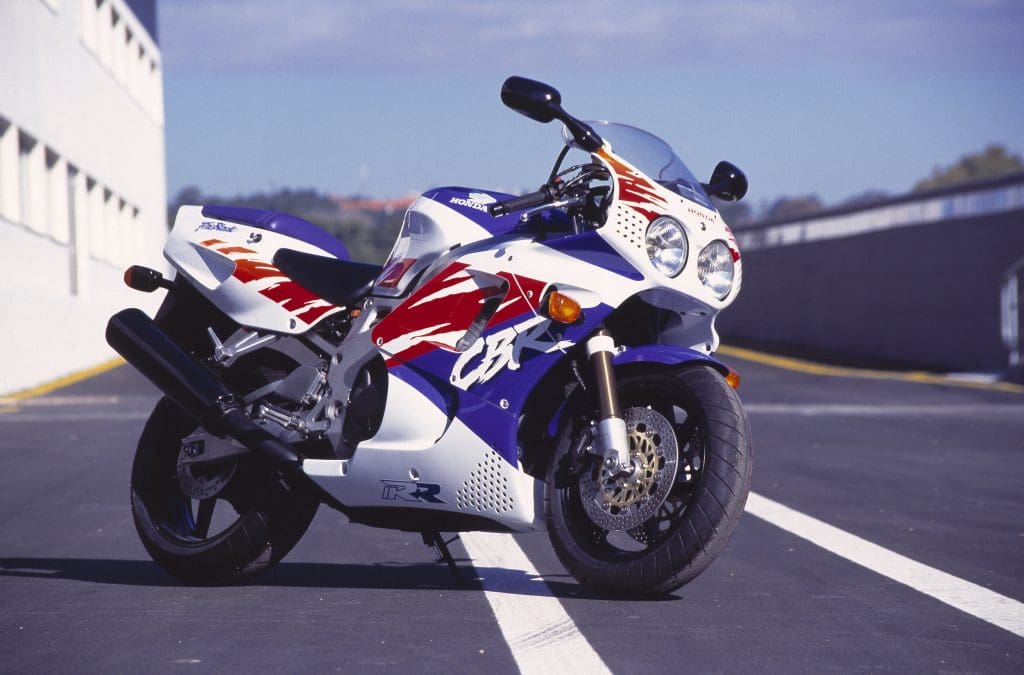
The Honda CBR900RR requires no introduction. It was one of the defining motorcycles of the 1990s, and the model that influenced modern sports bikes as we know them. It was sleek and stylish, with easy handling, and although it wasn’t the most powerful motorcycle on the market, it was one of the most competitive. It was living proof that the secret to being fast wasn’t always having the most horsepower.
Coming in significantly lighter than its rivals, the CBR900RR relied on nimble handling and weight-saving components to make up the horsepower deficit. But it wasn’t exactly underpowered either, with the 893cc inline-four engine (increased to 918cc in 1998) producing a modest 128 horsepower.
Even though it’s still a fun and capable ride today, the number of CBR900RRs on the road is in steady decline. With only 3,274 rolling on UK roads in Q1 of 2020, BikeSure estimates that they’ll be extinct by Q3 of 2029.
1984-2003 Kawasaki ZX900A/GPZ900R
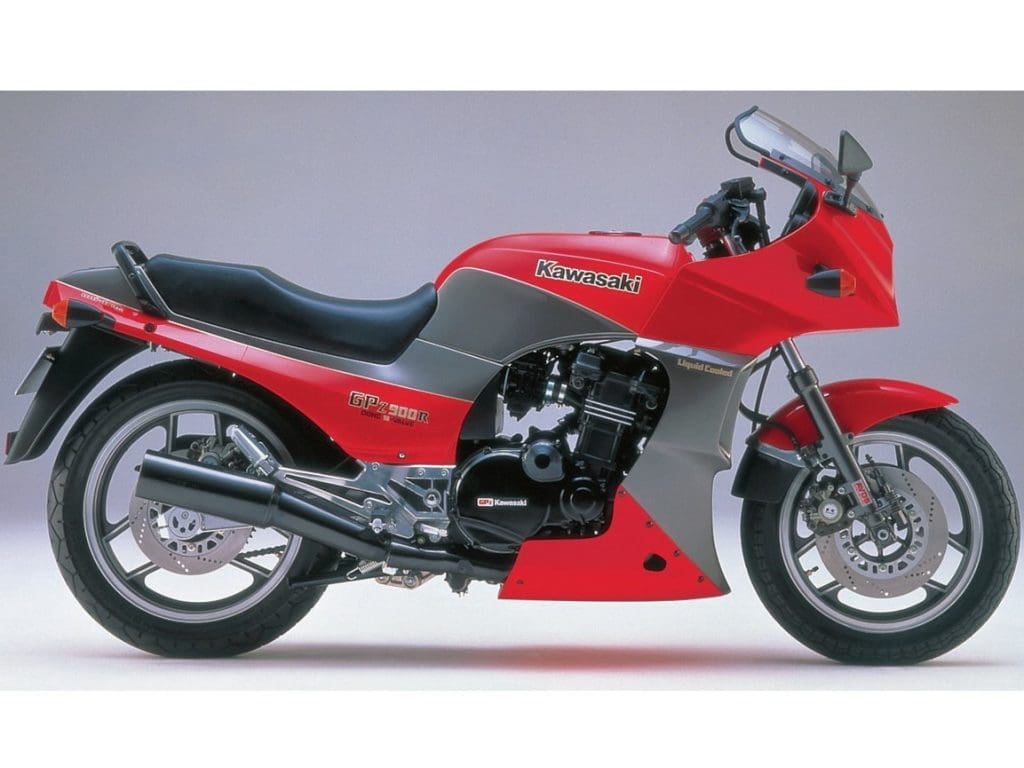
Next up, we have another legend. Call it the ZX900A, the GPZ900R, or Tom Cruise’s bike in Top Gun—whatever you call it, it’s a legend. It’s the proto-Ninja, and the bike that paved the way for the likes of the above-mentioned CBR900RR, and all of the modern sports bikes that followed.
When it rolled onto the scene in 1984, it raised eyebrows. Developed in secret over a 6-year period, when Kawasaki pulled the covers off of this, everyone paid attention. Not only did it feature commanding, sporty bodywork, but it also featured the world’s first 16-valve inline-four engine. Boasting 115 horsepower, 63 lb-ft of peak torque, and a top speed of 151 mph, the ZX900A was the first stock road bike to exceed a top speed of 150 mph.
First Ninja, first to top 150 mph, and first liquid-cooled 16-valve engine—there’s a lot of firsts! But despite being one of the most exciting and innovative motorcycles of all time, it is coming to the end of its life. With only 2,448 models left on UK roads, it’s predicted that the GPZ900R will no longer be around by Q3 of 2029.
1999-Present Yamaha R6
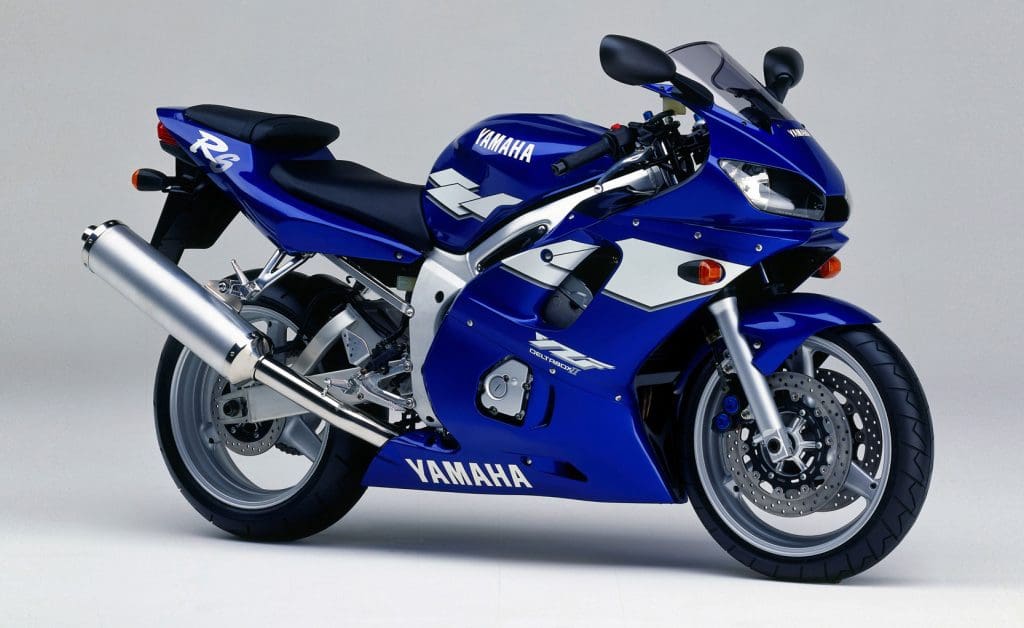
The Yamaha R6 should be a surprise. It surprised us when we looked at the data. But then again, with the steady decline of sales in the 600cc supersport segment, it makes some kind of sense. Today, the interest in the 600cc segment might be waning, but when Yamaha unleashed the R6 onto the scene in 1999, it was an instant hit.
Similar in style to the R1, this smaller sportbike offered serious thrills: it had big power but in a light and nimble frame, giving riders impressive performance in a more manageable and agile package. Upon release, the R6 impressed riders by delivering over 100 horsepower in stock form, with 42.2 lb-ft of torque—figures that would rise with every subsequent update of the model.
Now, the R6 is very much still in production, so while registrations might not be as high as they could be, the future may be different for the R6 if more riders get back to embracing the supersport class. However, as things stand, the future doesn’t look that bright for the R6. With only 2,322 models registered on the UK roads in 2020, it’s expected that the last R6 model will disappear by as soon as 2027. But we’re optimistic that buying trends will turn that around…hopefully.
1996-2007 Kawasaki ER-5
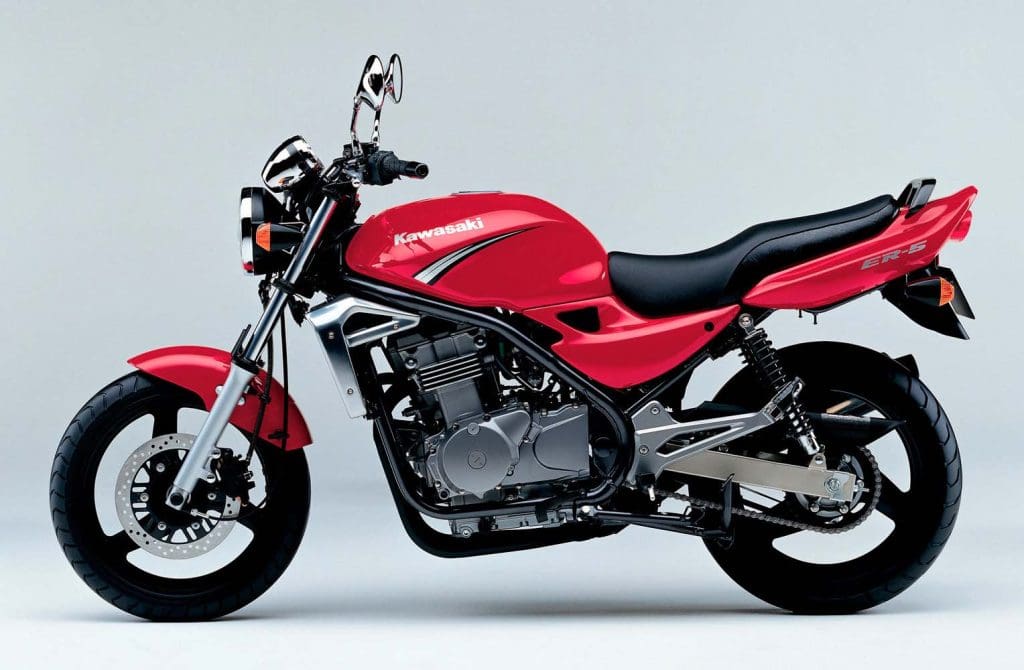
The Kawasaki ER-5 has gone down in history as one of the most accessible, beginner-friendly, and versatile motorcycles ever made. It’s a commuting stalwart, a no-nonsense machine, and beautifully basic. Some might even go as far as to call it dull and boring because of its humble, dependable nature. And yes, it might lean towards the vanilla end of the spectrum, but it was designed to be just that: reliable, accessible, and economical. That’s why it was in production for over 10 years!
It was eventually replaced by the ER-6, another motorcycle that will go down in history as a practical model, but between 1996 and 2007 the ER-5 managed to gain a reputation for being a solid, entry-level machine. Many learners entered the motorcycling industry onboard an ER-5, and it was chosen as a learner mule by many motorcycling schools thanks to its laidback parallel-twin motor, easy six-speed gearbox, and a surprising amount of poke for when the moment requires it.
It’s no surprise that there are still quite a few of them on the road. In the UK, Q1 of 2020 saw 2,171 of them still working the roads. However, it’s expected that the model will go extinct by as early as Q3 of 2026.
2004-2008 BMW K 1200 R
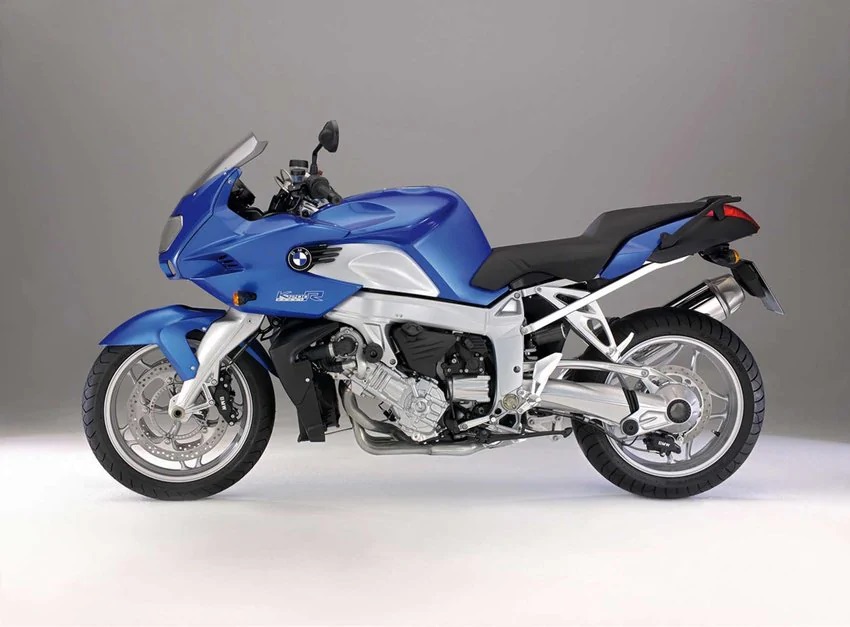
Even though this one was never sold in the US, we’re including it anyway. Why? Because it’s a prime example of just how quickly a bike can disappear—even a great one. This is the BMW K 1200 R. It’s a naked supersport motorcycle with some serious accolades to its name. For example, when it first rolled onto the scene, BMW Motorrad was quick to claim that the K 1200 R was the most powerful naked bike on the market!
With 163 horsepower and 94 lb-ft of torque, it really was the most powerful in its class. That is until the Suzuki B-King turned up and took the crown, with 183 horses of its own. Still, despite losing the power crown, the BMW was actually faster. Its 1,157 cc inline-four engine actually proved to have faster acceleration, and a higher top speed too.
Despite being quite an advanced motorcycle for its day, it’s still destined to go extinct fairly soon. In the United Kingdom, Q1 of 2020 recorded 2,164 K 1200 R models on the UK’s roads. By that metric, it’s expected that the K 1200 R will be “out of circulation” by Q4 of 2029.
1998-2005 BMW R 1100 S
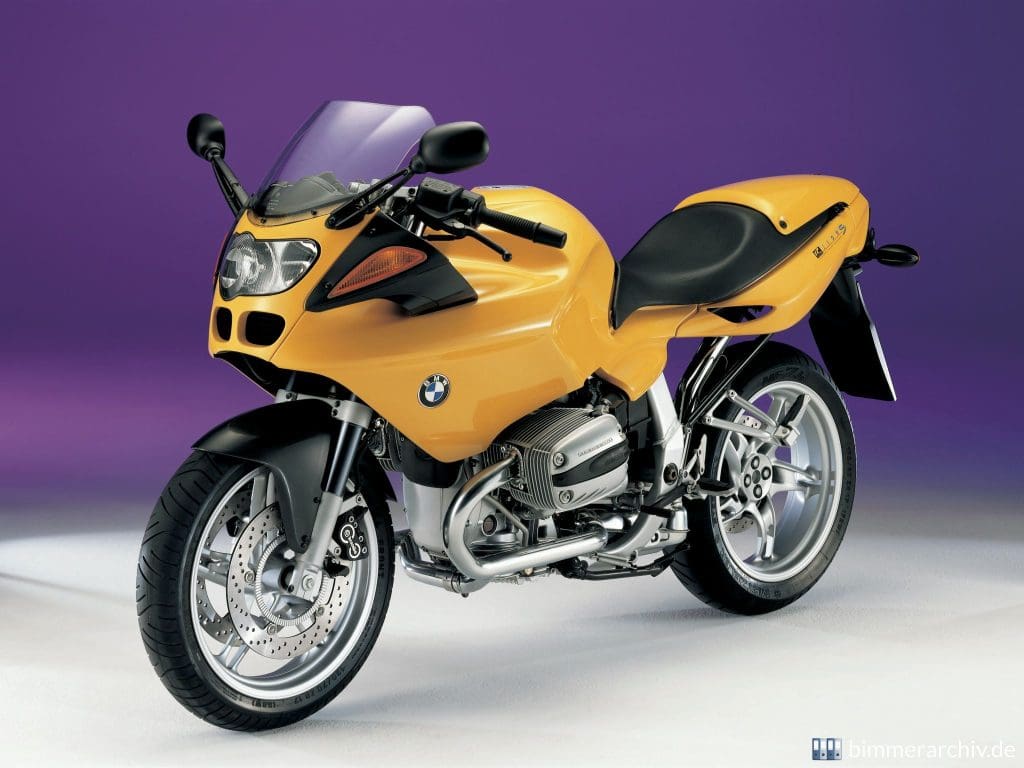
How about another BMW? This is the R 1100 S. The R 1100 S is an absolute beauty of a motorcycle. Manufactured between 1998 and 2005, the R 1100 S defied conventional classification by being a really sports-focused sports tourer, complete with rearsets, clip-on handlebars, a pillion seat cover. It’s not a conventional sports tourer by any stretch of the imagination.
While the rolling chassis is hard to classify, the engine is unmistakeably BMW. Under the proverbial hood, the R 1100 S features a 1,085 cc “oilhead” boxer-twin engine, with oil-cooled cylinder heads and air-cooled everything else. The max power is rated at a very sporty 98 horsepower, with 72 lb-ft of torque. Overall, it was (and still is) a very impressive motorcycle.
It didn’t take long for it to become something of a modern classic, with the special edition R 1100 S Sport being even more collectible. Today, however, there aren’t many of these doing the rounds. At least not in the UK anyway, where only 2,035 were recorded on the roads in 2020. At the current rate of attrition, the R 1100 S is expected to fade away by Q4 of 2029.
1997-2006 Honda VTR1000F
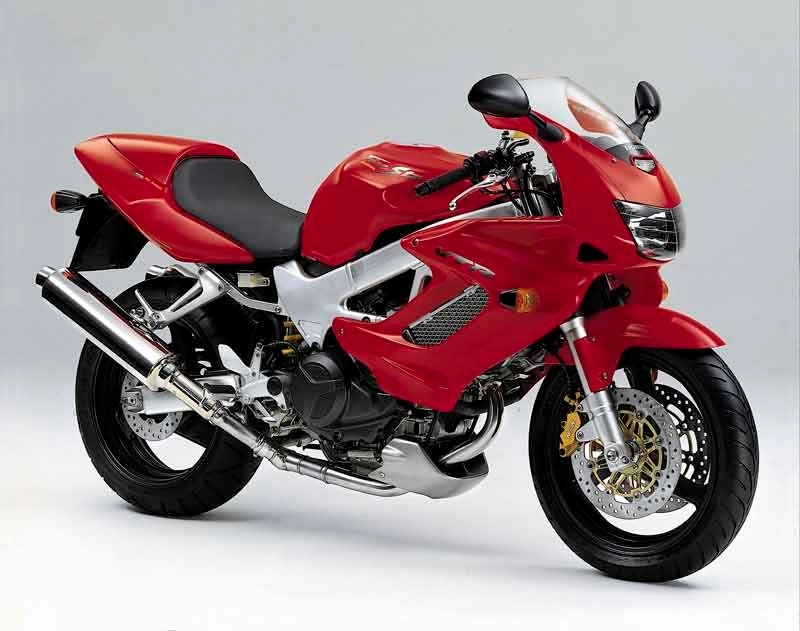
There’s another Honda that looks like it’s rapidly heading towards extinction, and that’s the VTR1000F. Known as the SuperHawk in the US—and the Firestorm just about everywhere else—the VTR1000F is a V-twin sports bike made by Honda between the years 1997 and 2006. Compared with the likes of the CBR900RR, the VTR1000F wasn’t made for out-and-out performance. Instead, it was an accessible sports bike with user-friendly comforts and an economical price tag.
While it’s relatively conservative when compared with the CBR, the VTR1000F did feature a number of exciting features, including an HMAS (Honda Multi-Action System) fork and shock, a pivotless frame, side radiators, and more. The 996cc V-twin engine was also no slouch, producing 104 horsepower and 64.9 lb-ft of torque, catapulting the VTR to a top speed of 155 mph.
It’s a capable sports bike, but like the CBR900RR, it’s doomed to die. The stats show that only 1,996 of these are still doing the rounds on UK roads as of Q1 2020, and according to BikeSure, it will disappear from the roads completely by the end of 2028.
1990-2002 Honda ST 1100
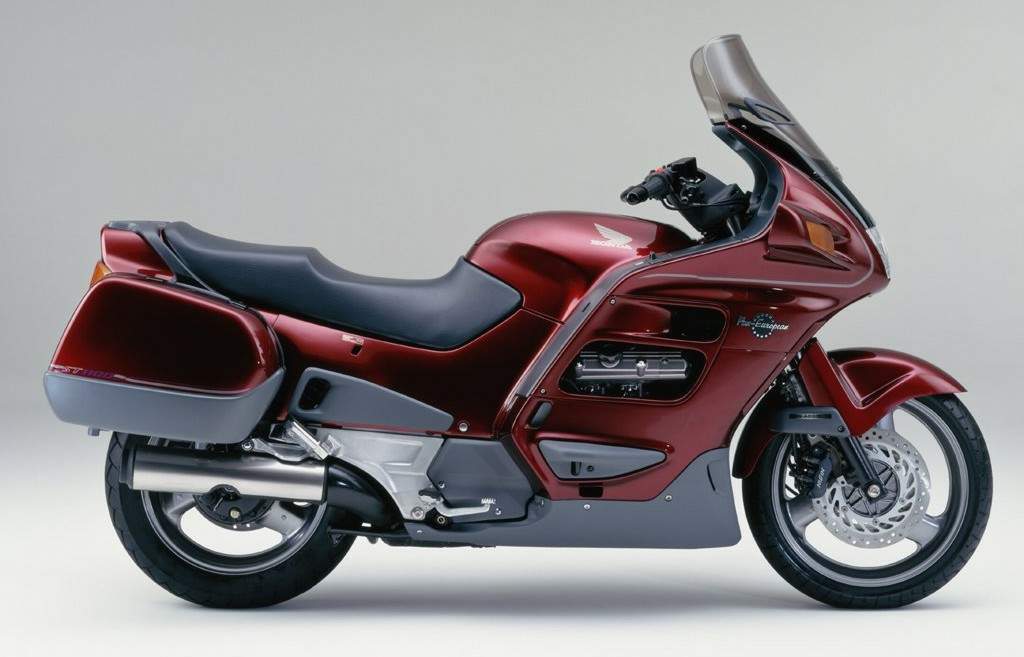
Next up, we’ve got another Honda. This is the ST 1100, aka the Pan-European if you’re based in…Europe. Manufactured between 1990 and 2002, the Honda ST 1100 is a sport-touring motorcycle that looks pretty dated. Unlike the CBR900RR mentioned further up, the ST 1100 doesn’t retain any old-school charm or nostalgic aesthetics. On the surface at least.
Underneath, the ST 1100 has an interesting 1,085 cc longitudinal V4 engine, complete with a shaft drive, that packs an unexpectedly powerful punch. With 100 horsepower and 79 lb-ft of torque on tap, it offered surprising performance—or it would’ve done if it wasn’t so heavy! It also featured optional ABS and traction control, along with a host of other accessories that would make it the ideal choice for long-distance tourers and police forces.
Eventually, the ST 1100 was replaced by the larger and more advanced ST 1300. Today, there aren’t many left—in the UK at least—with only 1,680 recorded on Great Britain’s roads. BikeSure has crunched the numbers and estimate that the ST 1100 will be a thing of the past by Q2 of 2029.
1985-1988 and 1988-1991 Suzuki GSX-R750
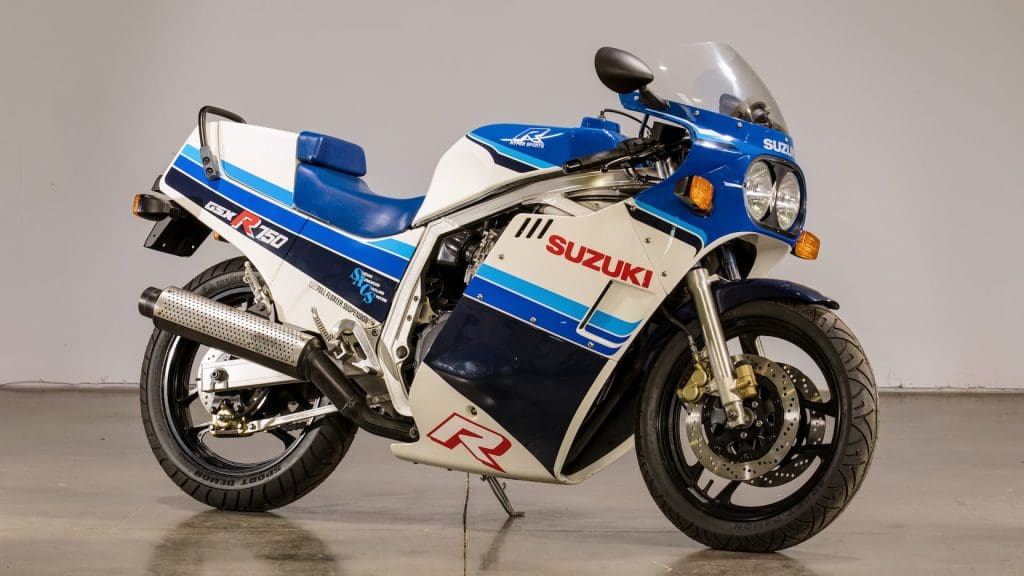
The Suzuki GSX-R750 is also doomed to fade away by 2030—but we’re not talking about all GSX-R750 models, just the earlier air and oil-cooled Gen 1 and Gen 2 models. We’re not sure how we feel about this one, because the older GSX-R750s, and all old-school sportsbikes with dual round headlights and classically 80s fairings, are about due a comeback, surely? We hope so, but if not, here’s what the post-2030 world might be missing out on.
Bursting onto the scene in 1985, the Suzuki GSX-R750 was a performance motorcycle designed as a race replica of Suzuki’s endurance racers of the era. To some, the GSX-R750 was the world’s first affordable race replica that could be used for everyday use on public roads.
Equipped with a 750 cc 4-stroke, liquid-cooled, inline-four engine that produced 100 horsepower and 64 lb-ft of torque, and a top speed of up to 145 mph, the GSX-R was a real powerhouse. Because of this race-derived DNA, there aren’t many of these early models around that haven’t been ridden into the ground. And that’s probably why these early generation GSX-R750s aren’t expected to live past 2030.
Q1 of 2020 saw 1,680 of these on British roads, and BikeSure reckons they’ll be gone by Q1 of 2029.
Now there are all stats for British roads, but they might reflect the state of the industry as a whole. Whatever happens, we hope that the demise of (most) of the motorcycles listed above happens later rather than sooner. But with emissions laws getting tighter, and large markets looking to hybrid or fully-electrified futures, who know what the landscape will look like in 2030?


